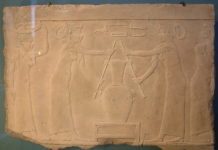Small Water-plane Area Twin Hull boats and ships may be the watercraft of the future. By submerging two pods or pontoons below the water’s surface as their means of buoyancy SWATH craft achieve a ride almost as smooth on rough seas as a submarine would experience beneath them. This is a very stable design and allows travel at almost maximum speeds on seas that would place conventional craft almost completely at their mercy, or at least give them a very rough rode.
Where this technology will find its most successful applications is still unclear, but SWATH ships are here to stay. They are something approaching a cross between a hydrofoil and a catamaran. Where the catamaran uses twin conventional hulls the SWATH uses twin submerged hull pods. Where the hydrofoil uses foils, the SWATH uses its pods which retain their buoyancy and hold the craft above the waves even when not powered forward.
This is a radical new direction for boat and ship design. Thin struts between the pods and the actual hull of the boat hold the boat above the waves while the submerged buoyant pods maintain a much more “even keel” (interesting term to apply to a keel-less boat) when the crest of a wave would lift and rock an ordinary boat. In other words the space between the pods and their being submerged minimizes the effects of wave crests on the boat.
SWATH technology has also been applied successfully to oil drilling rigs in the notoriously rough North Sea with great success.








